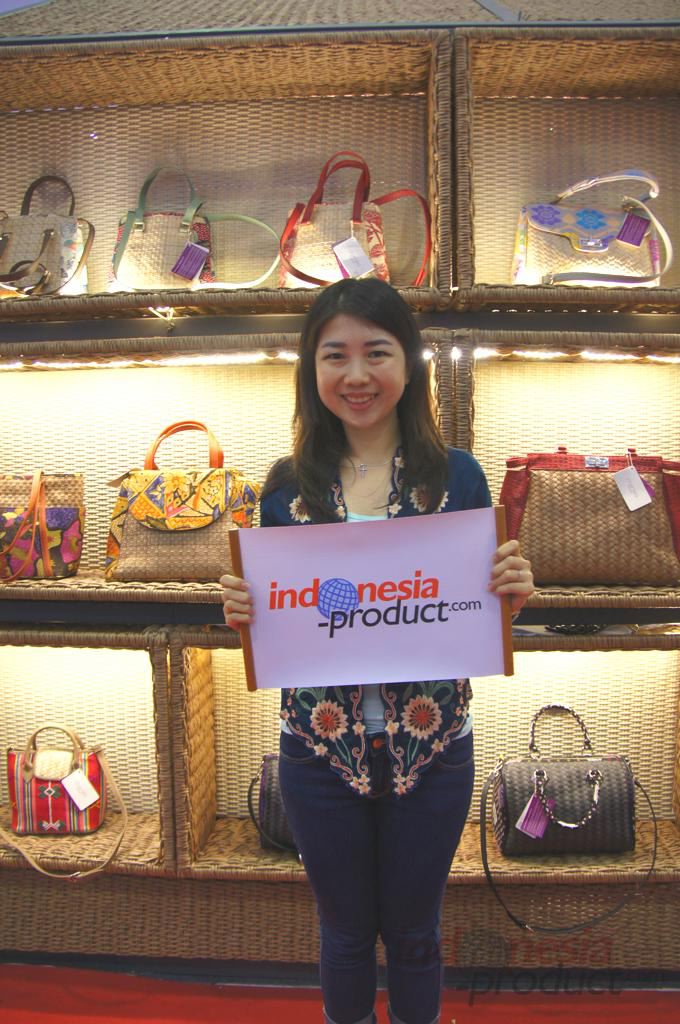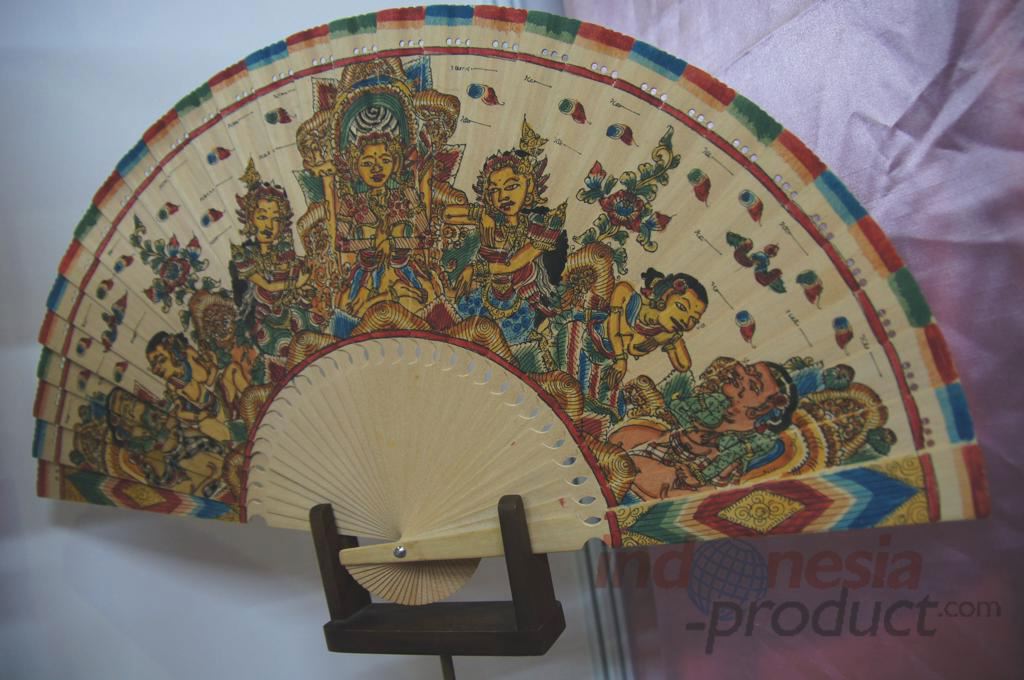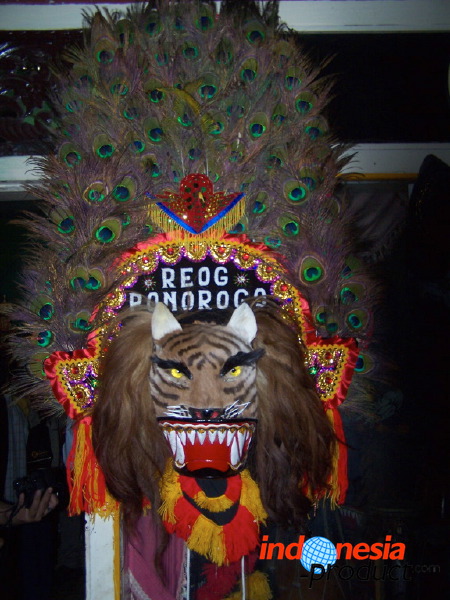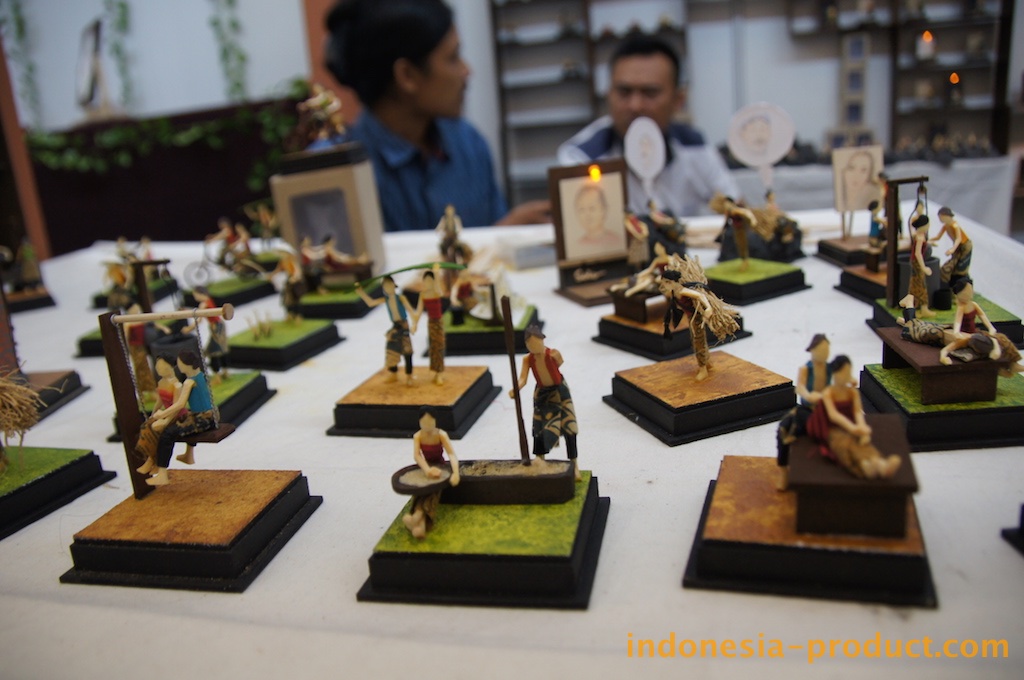New Kerala
Shimla: Colourful Kullu shawls, angora sweaters, embroidered Chamba handkerchiefs and dolls from the hill state of Himachal Pradesh will be on display among other handicrafts at an exhibition in Lahore next week.
Starting Jan 26, the 10-day “Made in India” exhibition organised by the Council of Handicrafts Development Corporation (COHAND) will showcase handlooms and handicrafts from India.
Pravin Thaplial, managing director of the Himachal Pradesh State Handicraft and Handloom Corporation, said: “This fair will open a window of opportunity for the state’s handicrafts and handloom industry. It is aimed at finding new markets in the neighbouring country.”
“Localy made Kullu and Kinnauri shawls – of the merino and hand-spun variety, the trademark Himachali caps, intricately embroidered Chamba rumal (handkerchiefs), Himachali dolls, colourful Lahauli socks and metal crafts will be displayed at the fair,” he said.
Typical the famous Kullu shawls have geometrical designs on both ends. The designs vary from simple to most intricate. Depending on the intricacy of design, cost also varies.
Usually pure merino wool yarn is used as warp and weft. Each shawl reflects ethnicity and the culture of Kullu. These shawls are very warm and are available in both bright and soft color combinations. Besides geometrical designs, floral designs are also made, which may run all over, on the corners or on the borders.
Kinnauri shawls are known for their intricate geometrical designs that carry special religious significance and colours used in patterning carry mythological background. Usually fine colours are used in typical Kinnauri shawl- white signifies water, yellow stands for earth, red for fire and green for air.
The Chamba rumal, on the other hand, conjures up an image of a finely embroidered miniature painting. The tradition of Chamba rumal originated in the mid 18th century when the art of painting was at its zenith.
These rumals are done on a square piece of fine muslin cloth with vivid silk threads. Firstly, the painter used to device a design on a course loin cloth with black lines and then women used to do embroidery work according to his instructions. The stitch employed in the embroidery is called ‘do-rukha’ meaning double satin stitch, which comes out exactly identical on the both sides.
These products are already popular across India and are on sale at emporiums run by the Himachal Pradesh government in many cities.





